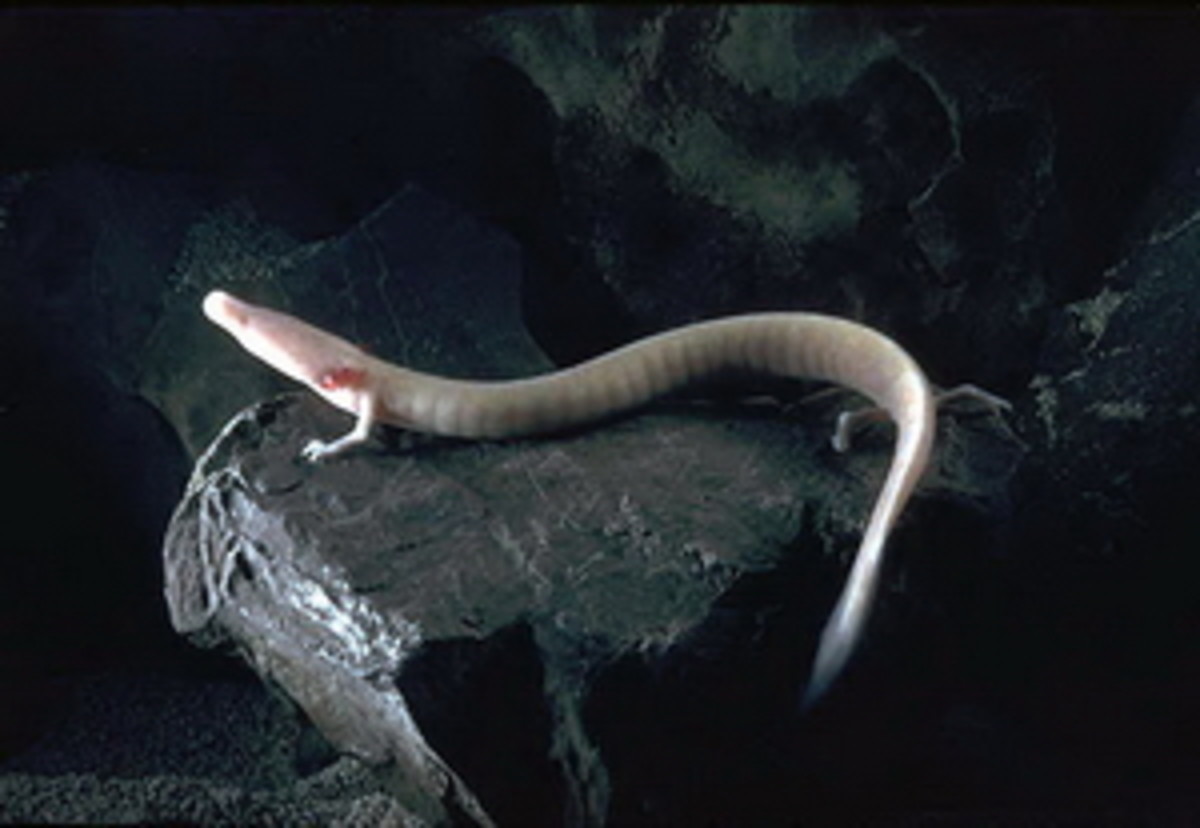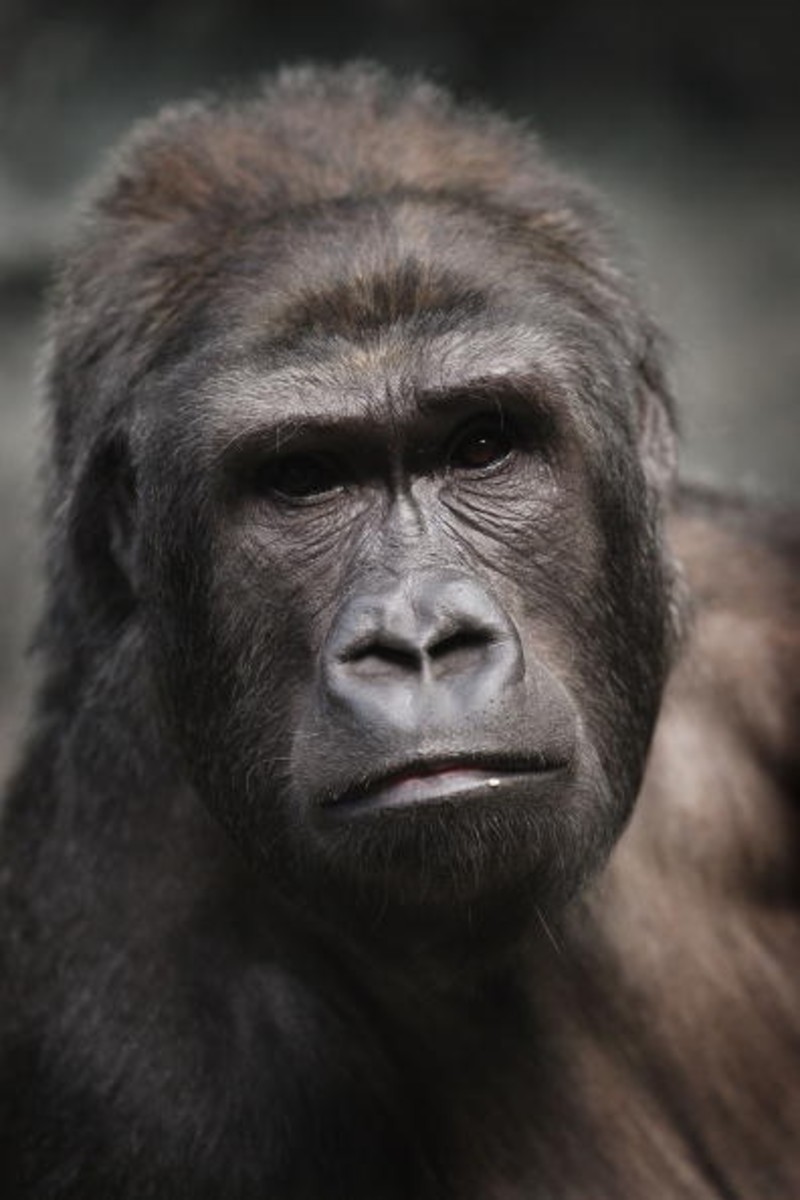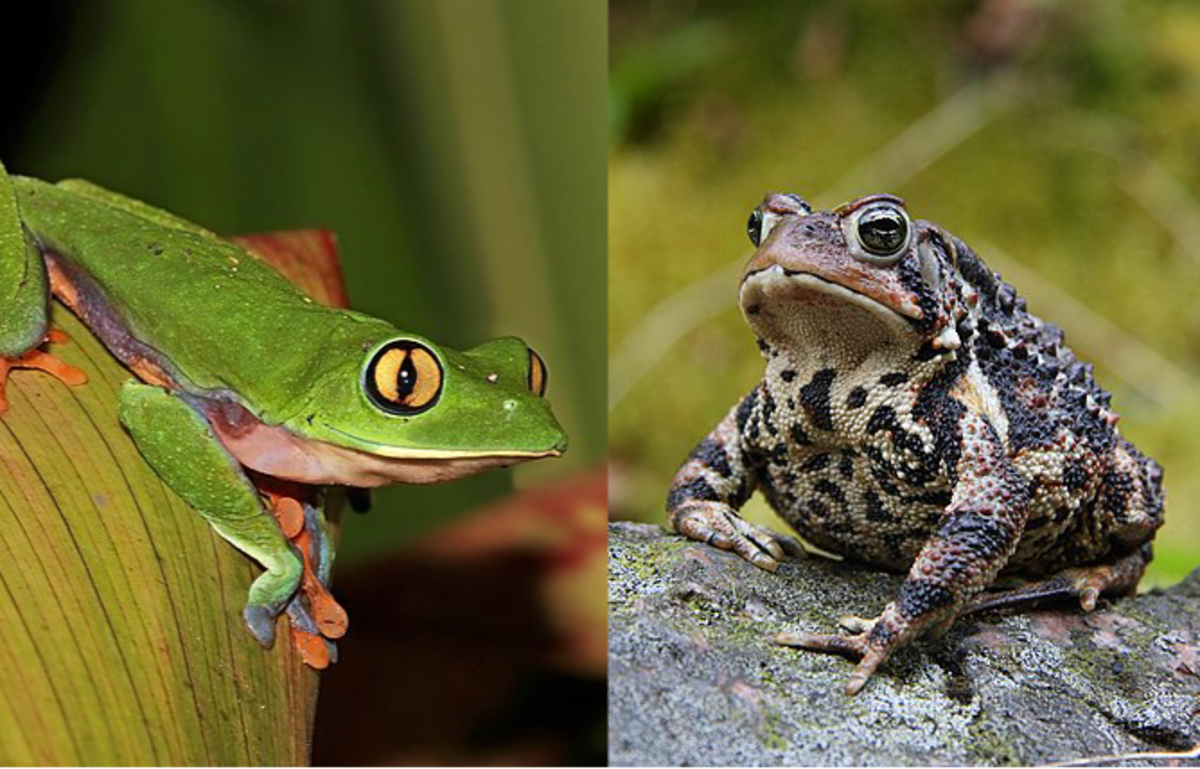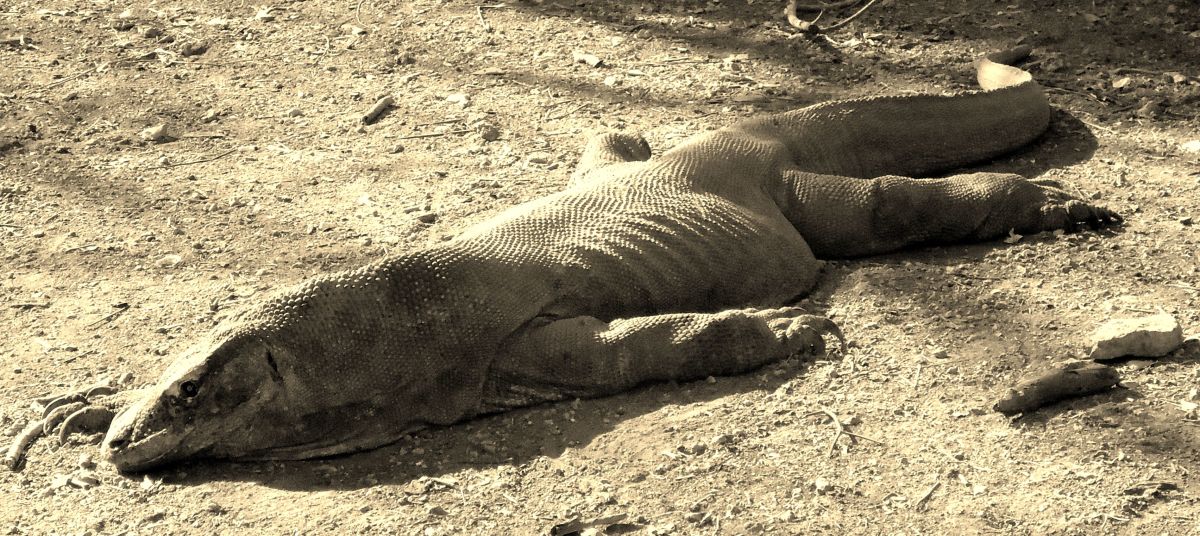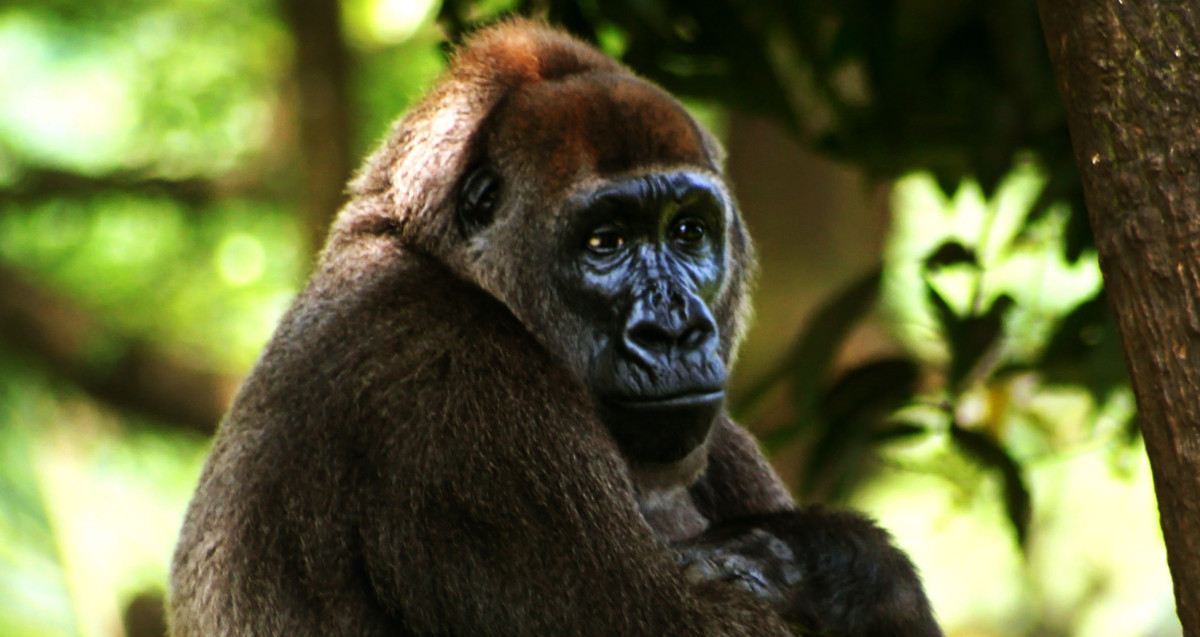- HubPages»
- Education and Science»
- Life Sciences»
- Endangered Species
Amphibian Decline, Why Are Frogs Endangered
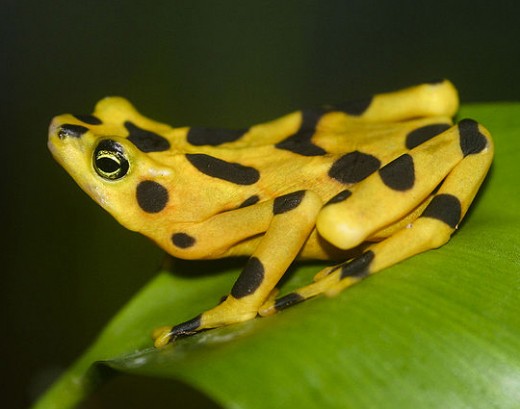
Amphibians are declining globally
Since the 1980s there has been a drastic decline in amphibian populations, in some locations numbers of a species have crashed and rapidly become extinct. Although animals becoming endangered and extinct is, sadly, a common phenomenon nowadays, this appears to affect amphibians, a class of animals that includes frogs, salamanders and caecilians, to a greater degree than other classes of animals.
In 2004 the first Global Amphibian Assessment, concluded that 32% of the approximately 6000 amphibian species were endangered. It has even been suggested that we might witness the extinction of a whole classification of organisms, something that is unprecedented in the history of this planet. A lot of work is going on to figure out what causes amphibians to be disproportionately affected, and to try to save endangered species from extinction.
Why are frogs and salamanders disappearing?
Some of the reasons for this population decline are the same as those for other organisms, human activity leading to habitat loss and pollution. Amphibians seem to be particularly affected by this because they have distinct stages in their life-cycle, with an aquatic larval stage, like the tadpoles of frogs, and a terrestrial adult form. Hence an adverse change to either to either type of habitat affects them.
Frogs and salamanders are also particularly sensitive to pollution. This is because one of the characteristics of amphibians is their extremely permeable skin. In fact, they do not drink water like other animals. Instead they simply sit in the water and absorb it through their skin. Frog keepers are often advised to avoid holding their pets, in case oils from their hands harm them.
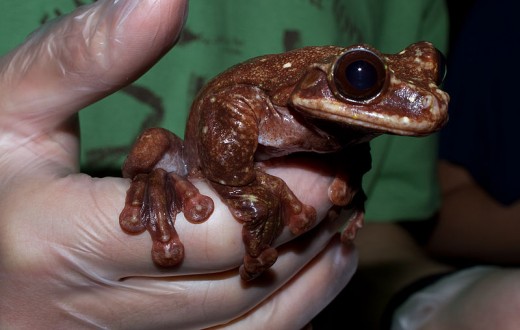
Does atrazine feminize frogs?
One particular chemical, whose effect on frog populations, and possibly human health, is controversial, is the weed killer atrazine. Tyrone Hayes, a Professor in Berkley University was working as a consultant to Syngenta, atrazine’s manufacturer,when he noticed that, even concentrations that were considered acceptable in water, caused feminization of African clawed frog, Xenopus laevis, males. Hermaphrodite frogs, with both male and female reproductive organs, have been increasing observed in many locations. Obviously feminization stops the males from being able to reproduce and leads to population collapse.
Not all scientists agree with these results and a heated dispute about them is ongoing. Prof. Hayes claims that Syngenta was trying to slow down his research and prevent him from publishing the results, which would harm their product. Syngenta denied that it was attempting to suppress the data, and pointed out that other scientists could not reproduce them.
The rise of frog deformities
Atrazine is still used in the United States, but not in the European Union. However, many frogs in Europe are showing similar gender reversal, presumably because estrogen-like pollutants in the water.
In addition to hermaphrodite frogs, animals with deformities have been observed in increasing numbers. These can include extra limbs, or lacking libs, heart and kidney defects. One theory is that this was caused by the depletion of the Ozone layer and increasing exposure to UVB radiation. Although again scientists cannot agree on the exact results.
Read more about this topic
Chytrid, the fungal disease that is decimating amphibian populations
Although habitat destruction and man-made pollution account for some of the catastrophic decline of amphibian populations, they cannot explain the whole story. Populations of frogs, such as the golden toad Bufo periglenes , in pristine wild habitats have become extinct. The culprit appears to be a fungus, Batrachochytrium dendrobatidis, commonly known as Bd, or just chytrid. Chytrids are a primitive class of fungi comprising approximately 1000 species, the vast majority of which are quite harmless, living on decomposing organic matter. However Bd, which was first described only in 1999, is a parasite and can wipe out a population in a matter of weeks.
The fungus only affects amphibians, it requires very wet conditions to flourish. Unusually it seems to be able to infect all frog species, most disease causing micro-organisms are more selective. The fungus lives in the skin of amphibians and causes it to harden, by expressing more keratin, the protein found in skin, hair and nails.
This is particularly bad for amphibians because they rely on their very permeable skin to absorb water, and electrolytes. After a chytrid infection they can no longer do that, and often die in a matter of weeks because of electrolyte imbalance which causes heart failure. The disesase can decimate a population of frogs within a few weeks. It has been called “the worst infectious disease ever recorded among vertebrates in terms of the number of species impacted, and it’s propensity to drive them to extinction" (Gascon et al, 2007).
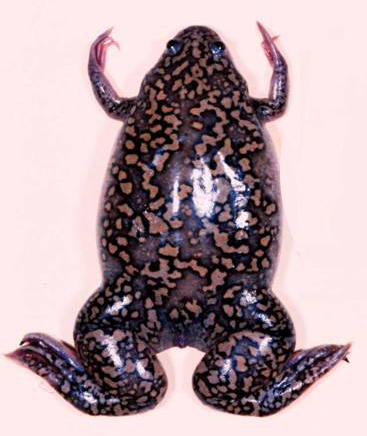
Why is chytrid killing amphibians now?
One of the big questions about chytrid is, why now? Is it a new disease, that has suddenly started attacking amphibians, or has something happened that made the problem much more serious recently. It appears that Bd had been present for a long time in Africa, Japan and North America. One hypothesis is that it was spread to the rest of the world from Africa, carried by the African clawed frogs, Xenopus laevis, sold as pets and are an important laboratory animal. The strange thing about Xenopus is that they are one of the few species of frog that carry the fungus but do not develop the disease. In a way they could act like the “Typhoid Mary’s” of the amphibian world.
Whether that is correct or not, it seems probably that the global trade in amphibians as pets and for research has contributed to spreading the disease. Ironically some conservation projects, which try to rebuild natural populations by re-introducing captive bred animals into the wild, might also have helped introduce the disease to populations where it never existed before. Conservationists might also have have spread the fungus on their boots. “Naïve” populations, that had never experienced the disease before, were hit harder than amphibians that had developed some resistance to the disease. It has also been suggested that climate change is creating conditions which are favourable for the chytrid fungus.
The Amphibian Ark Project, trying to save endangered amphibian species
Whatever the origins of the chytrid disease, it represents a very serious threat to the existence of many species of frogs. In response, the Amphibian Ark project has been set up to try to save many endangered species through a program of captive breeding and sperm freezing in zoos around the world. To preserve at least a captive bred population of various amphibians, which could be introduced into the wild at some stage in the future.


